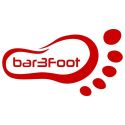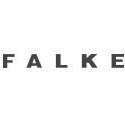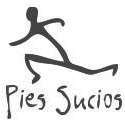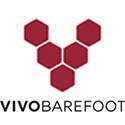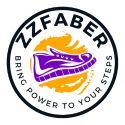No products
Prices are Management included
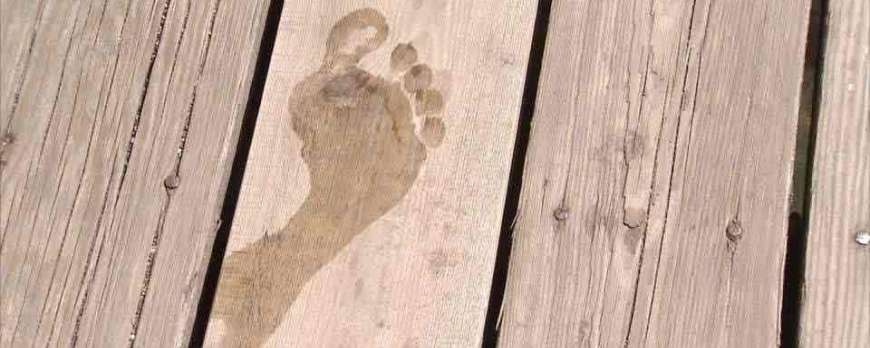
The Importance of Barefoot Running
The sole of the foot is one of the parts of the body with more nerve endings, which gives it a great sensitivity. That sensitivity is used to literally know where we are. The soil produces tactile stimuli and our body reacts to these stimuli, often in a reflex and instinctive way. For example: if you have ever stepped on a pebble while going barefoot you will have noticed how you instinctively modify the load on the foot to minimize the damage - if you step on it with the weight load on the heel and if you step on it with the heel loads the forefoot. All this in milliseconds and without thinking. It is an example of how the instinctive reflexes act.
The sole of the foot also triggers another reflex that is really useful when it comes to running. Thanks to its sensory apparatus it is able to 'feel' to perfection the hardness of the ground and the force of the tread. In this way, by means of another reflex act, it makes us adjust the stiffness of the leg muscles to achieve the perfect combination of cushioning and stability depending on the terrain on which we step, the speed we carry, etc. The legs become the perfect shock absorber: intelligent and adaptable, all this in an unconscious process, in which we do not even have to think.
Another further function of this sensitivity is that we are able to perceive any change in the way we tread. The way we take and maintain contact with the soil is greatly influenced by how we move during the rest of the stride cycle. For example, if we step on our feet very advanced, we will easily notice how we hit the ground by slowing down, making a very 'ras' very unpleasant and can be painful. Or if we push too much we will notice that the foot is left behind and with an excess of applied force. Or if our cadence is low we will notice too great impact forces.
These are the reasons why it is convenient to run barefoot: just by going barefoot and improving our way of running and also get information on the points where we have failures. shoes, however minimal, distort all the information that the soles of the feet offer us, and the less minimal the shoes, the more false the information. After all we have not developed all this sensory apparatus to be able to notice the softness of our Nike. A shoe with a lot of cushioning makes our body confuse and believes that it is stepping on a soft and unstable ground, spoiling the reaction of the adaptive cushions and confusing our whole reflex system.
So barefoot running is the main tool we have for learning and improving the career technique, as it shows us what the gestures, movements and intensities of a better technique should be, which we should have in a natural way, but we have lost so many years of inactivity and wearing inappropriate shoes.
And then why so much talk about shoes?
It must be clear that barefoot running is not the end, the purpose is to improve the way you run. barefoot running is simply a tool that brings us to that end, and when we get it we will be in a position to choose if we want to wear shoes and the type of sneaker that suits us best. And even in the case where our final intention is to run barefoot whenever you can (the truth is that it is a bit addictive), it must also be clear that it is not always possible. There are land, times and places where it is not appropriate and then we should look for alternatives.
And, of course, the alternative is some kind of footwear. In addition, as we have learned to use our feet in a free and natural way, the footwear that we find most comfortable will be the least restrictive, the least interfering in the mobility and sensitivity of our feet: minimalist shoes.
This type of shoe is what you will find in ZaMi. Minimalist shoes are the least subtle to the benefits of barefoot running while offering us the protection and comfort we need to tackle any type of terrain. Some will prefer to wear the most protected foot, others will want to feel the floor more, others may like to wear sandals. The important thing is that once we reach this point, and thanks to what we have learned barefoot running, we already have enough criteria to know what our feet need according to our aptitudes and preferences.
Now, what will not happen will be that, once the transition is made, someone will return to the hyperamortized shoes.
Blog categories
- Running Technique
- Shoes Review
- Scientific studies
- Nike and minimalist shoes
- Morton neuroma
- Bunions
- Podiatrists' opinion on...
- Claw toes, crowded toes,...
- Flat feet
- Runner's injuries, runner's...
- Sprained feet, ankle sprains
- Footwear for wide feet or...
- Heel and back pain
- Children's feet and...
- Circulation and bone...
- Knee pain, osteoarthritis,...
- Plantar fasciitis
Últimos Comentarios
Fernando Capellán
That Vivobarefoot lawsuit… and what happened nextLorena Cortés
This is what Nike did to Nadal's footFernando Capellán
They call it ugly... but everyone will...Antonio Caballo
The finger wristband: when fashion squeezes...

